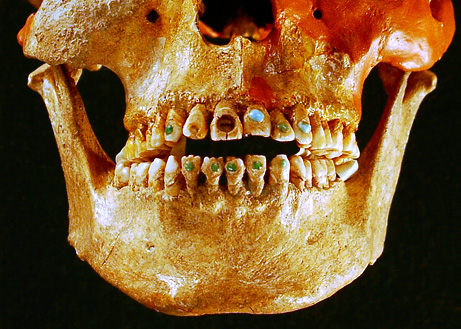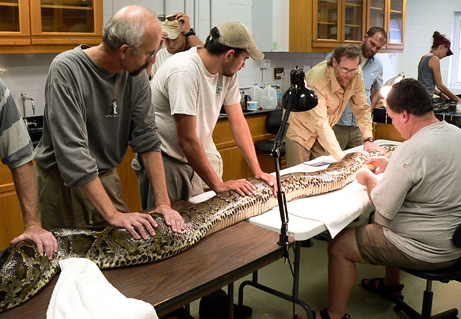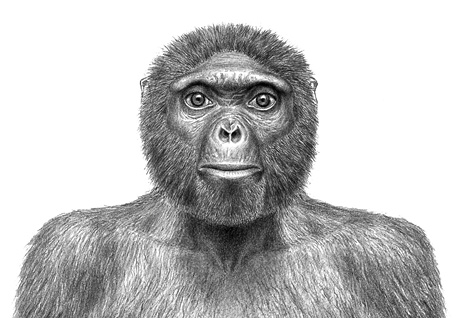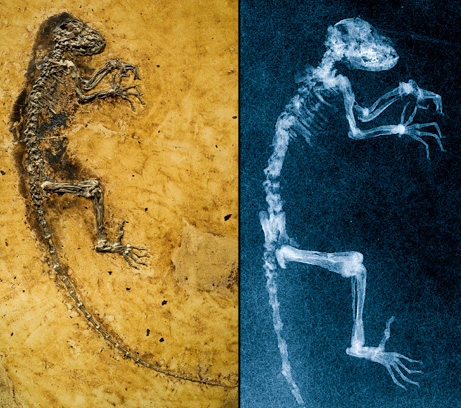Google's new Microsoft Office plugin is meant to woo existing Microsoft users onto Google Apps, Mountain View's suite of (completely) web-based business applications. But the bridge it lays between the two platforms goes only so far.
Though the free plugin synchronizes Microsoft Office files with Google Apps, letting colleagues collaborate on documents and spreadsheets via the interwebs, it doesn't allow for collaboration across both Office and Google Apps. Either you collaborate via Office or you collaborate via Google Apps. You can't use both suites to edit the same file.
If you're collaborating on a file via Microsoft Office, you can view it in a browser via Google Apps, but in browser, the file is read-only. The service doesn't provide collaboration across both platforms because achieving such synchronicity is an epic task Google has yet to crack. "It's a really, really hard engineering problem," Google Apps Product Manager Shan Sinha tells The Register.
"If you look at Microsoft – they're in the best position to be able to deliver something like this – they don't even fully deliver a complete experience when it comes to being able to edit a document in the browser while you're editing a document through the desktop app. They don't support those scenarios either."
Part of the problem, he says, is that the two platforms offer different sets of tools. A desktop application is capable of things a browser app isn't – and vice versa. "What do you do about features that depend on one form or the other?" he says. "What if a web version [of your spreadsheet] doesn't support full-fledged macros and the desktop version does? What happens to all those macros?"
Sinha says that Google makes it clear in its marketing materials that you can't edit files across both the browser and Microsoft Office. But this isn't explained in the Google blog post that introduced the plugin or accompanying video showing the thing in action. "You can sync your Microsoft Office files to Google cloud," the video says. "Once synced, files are continuously backed up [and] given a unique web address so that others you share with can access your file from anywhere, even mobile devices."
One Reg reader took issue with the plugin's inability to provide cross-platform collaboration, arguing that Google isn't giving users what they expect from the service. "After using [Google Cloud Connect] for a while, I see Microsoft has nothing to worry about," he said. "Classic bait and switch!"
Known as Google Cloud Connect for Microsoft Office, the plugin was officially launched on Thursday. Previously, it was available only as a beta. It's based on technology Google acquired when it purchased DocVerse, a San Francisco startup cofounded by Sinha. Google is pitching the plugin as a cheaper alternative to Redmond's online collaboration solution, Microsoft Sharepoint. Cloud Connect plugs in to existing copies Microsoft Office 2003, 2007, and 2010 on Windows PCs, and it doesn't require the use of local SharePoint servers or Microsoft's Sharepoint online service.
But Google also sees it as a way of pushing Office users onto Google Apps. "Google Cloud Connect makes it easier to take advantage of Google Apps," says the video promoting the tool. "All you need is a free plugin and a Google Account."
The plugin is indeed free. And you can use it with the free incarnation of Google Apps. You can even use if you've merely signed up for a consumer Google Account, Sinha says. The full-fledged enterprise incarnation of Google Apps – which includes service and support and customized email addresses – is $50 per user per year, and Google argues that this too is cheaper than moving to a SharePoint setup, particularly if you're on Office 2003 or 2007. SharePoint requires an upgrade to Microsoft Office 2010.
You could say – as our reader does – that Cloud Connect isn't exactly a smooth ride to the proverbial cloud. But Sinha still sees it as a significant advance. "We're making it easier for people to discover Google Apps. We let people make baby steps without making a complete leap from what the already know," he says.
According to Google, over the first 24 hours of its release, someone installed the plugin every four seconds. Which is hardly surprising. It's free. And it's useful – if not quite as useful as you might expect. ®
Though the free plugin synchronizes Microsoft Office files with Google Apps, letting colleagues collaborate on documents and spreadsheets via the interwebs, it doesn't allow for collaboration across both Office and Google Apps. Either you collaborate via Office or you collaborate via Google Apps. You can't use both suites to edit the same file.
Part of the problem, he says, is that the two platforms offer different sets of tools. A desktop application is capable of things a browser app isn't – and vice versa. "What do you do about features that depend on one form or the other?" he says. "What if a web version [of your spreadsheet] doesn't support full-fledged macros and the desktop version does? What happens to all those macros?"
Sinha says that Google makes it clear in its marketing materials that you can't edit files across both the browser and Microsoft Office. But this isn't explained in the Google blog post that introduced the plugin or accompanying video showing the thing in action. "You can sync your Microsoft Office files to Google cloud," the video says. "Once synced, files are continuously backed up [and] given a unique web address so that others you share with can access your file from anywhere, even mobile devices."
One Reg reader took issue with the plugin's inability to provide cross-platform collaboration, arguing that Google isn't giving users what they expect from the service. "After using [Google Cloud Connect] for a while, I see Microsoft has nothing to worry about," he said. "Classic bait and switch!"
Known as Google Cloud Connect for Microsoft Office, the plugin was officially launched on Thursday. Previously, it was available only as a beta. It's based on technology Google acquired when it purchased DocVerse, a San Francisco startup cofounded by Sinha. Google is pitching the plugin as a cheaper alternative to Redmond's online collaboration solution, Microsoft Sharepoint. Cloud Connect plugs in to existing copies Microsoft Office 2003, 2007, and 2010 on Windows PCs, and it doesn't require the use of local SharePoint servers or Microsoft's Sharepoint online service.
But Google also sees it as a way of pushing Office users onto Google Apps. "Google Cloud Connect makes it easier to take advantage of Google Apps," says the video promoting the tool. "All you need is a free plugin and a Google Account."
The plugin is indeed free. And you can use it with the free incarnation of Google Apps. You can even use if you've merely signed up for a consumer Google Account, Sinha says. The full-fledged enterprise incarnation of Google Apps – which includes service and support and customized email addresses – is $50 per user per year, and Google argues that this too is cheaper than moving to a SharePoint setup, particularly if you're on Office 2003 or 2007. SharePoint requires an upgrade to Microsoft Office 2010.
You could say – as our reader does – that Cloud Connect isn't exactly a smooth ride to the proverbial cloud. But Sinha still sees it as a significant advance. "We're making it easier for people to discover Google Apps. We let people make baby steps without making a complete leap from what the already know," he says.
According to Google, over the first 24 hours of its release, someone installed the plugin every four seconds. Which is hardly surprising. It's free. And it's useful – if not quite as useful as you might expect. ®


















